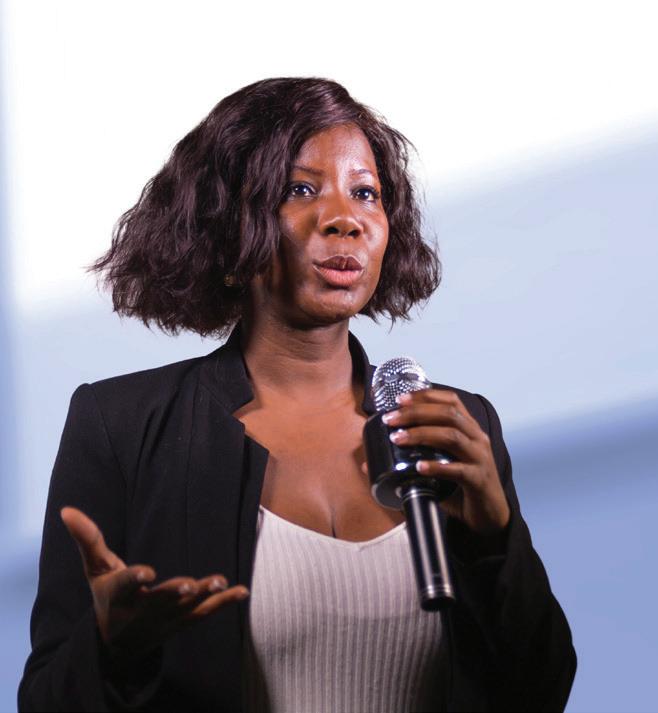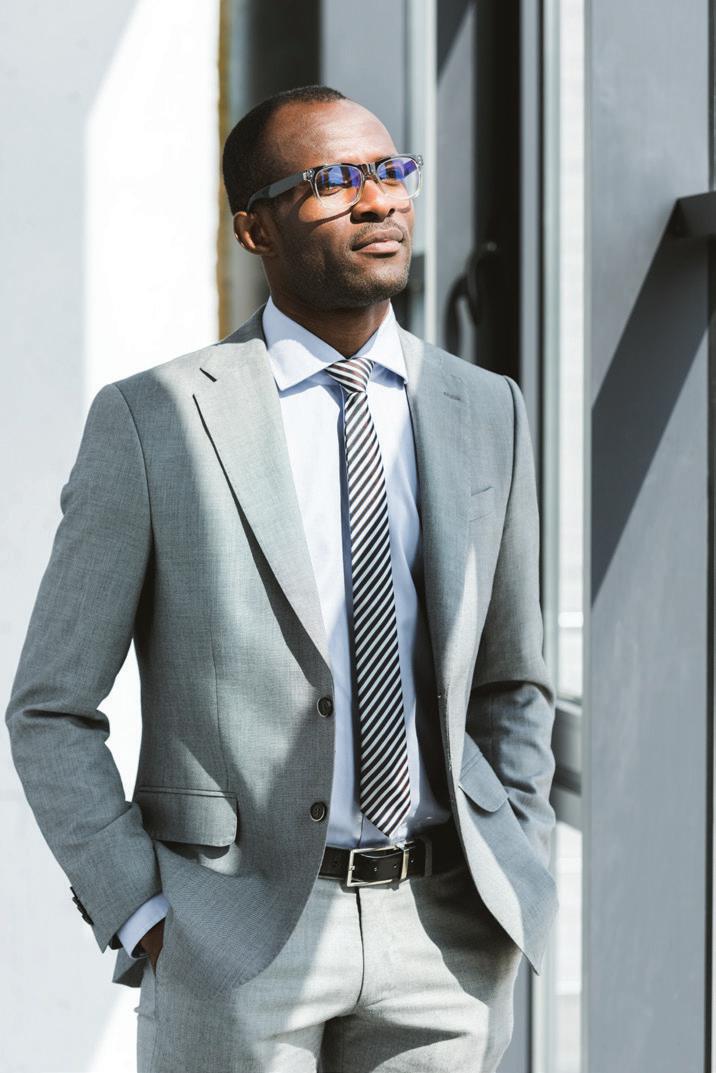
4 minute read
Module 2: International Legal Framework For Women Political Participation
4. Describe the impacts of media and technology on nonverbal messages.Types of nonverbal Communication
5. Identify steps you can take to improve your nonverbal effectiveness.
Eye -contact
Facial Expressions
Types of nonverbal Communication
Hand Gestures
Eye -contact Facial Expressions Hand Gestures There are many ways of classifying hand movements; however, the most basic is the division into speech unrelated and speech related gestures. Fig. 1 shows examples of the most popular speech related gestures used by public speakers: Fig. 1 Examples of some more popular hand movements as speech related gestures.
There are many ways of classifying hand movements; however, the most basic is the division into speech unrelated and speech related gestures. Fig. 1 shows examples of the most popular speech related gestures used by public speakers: Fig. 1 Examples of some more popular hand movements as speech related gestures. Fig. 1a Palms moved upwards signalise lack of confidence. Fig. 1b Palms directed downwards show decisiveness. Fig. 1c Hands raised and directed toward the audience are a signal of assuarance. Fig. 1d Hands directed towards the speaker express the will of taking control. Figures 2 and 3 present other hand sisgnals used by politicians.
Fig. 1a Palms moved upwards signalise lack of confidence.
Fig. 1b Palms directed downwards show decisiveness.
Fig. 1c Hands directed towards the speaker express the will of taking control.
Fig. 1d Hands raised and directed toward the audience are a signal of assuarance.
Figures 2 and 3 present other hand signals used by politicians.
1a 1b



1c 1d

2. Steeple Fig 4: The standard way of sitting
Fig 5: The American Four
Fig 6: Sitting and leaning forward position Fig 7: The posture of the boss
In the fig. 4. the woman is sitting with her In the fig. 4. the woman is sitting with her legs crossed at the knees. If combined with legs crossed at the knees. If combined with other negative non-verbal clues, e.g. folded other negative non-verbal clues, e.g. folded arms, this gesture implies that the person arms, this gesture implies that the person is is rather aggressive and has low opinion of rather aggressive and has low opinion of her her interlocutors. interlocutors.
However, in the European culture, women who sit with their legs crossed at knees are considered determined and self-confident.
The “American Four” form of sitting is combined with the gesture of clasped hands. A person who behaves like this is very self-confident and feels comfortable in the situation. She is aware of his strong points and considers himself to be a specialist in the given field. “She is a good person on a good place”. Figures 6 and 7 present the most popular sitting and standing positions.
The position in Fig. 6 means that the person is ready to work and take up an action. He is slightly leaning forward and his both hands are comfortably resting on the legs. One leg is moved backwards as if it was hidden under the chair whereas the second is visible and directed towards the listener
Figure 7 position is called “the posture of the boss”. Hands are hidden in the pockets so they are not visible. Face does not express any emotions. The man seems to be very self-confident and aware of his social position. He knows that he is a leader.
However, in the European culture, women who sit with their legs crossed at knees are considered determined and self-confident.
The “American Four” form of sitting is combined with the gesture of clasped hands. A person who behaves like this is very self-confident and feels comfortable in the situation. She is aware of her strong points and considers herself to be a specialist in the given field. “She is a good person in a good place”. Figures 6 and 7 present the most popular sitting and standing positions. The position in Fig. 6 means that the person is ready to work and take up an action. She is slightly leaning forward and both her hands are comfortably resting on the legs. One leg is moved backwards as if to hide it under the chair whereas the second is visible and directed towards the listener
Figure 7 position is called “the posture of the boss”. Hands are hidden in the pockets so they are not visible. Face does not express any emotions. The man seems to be very selfconfident and aware of his social position. He knows that he is a leader.





3: Mouth guard gesture







